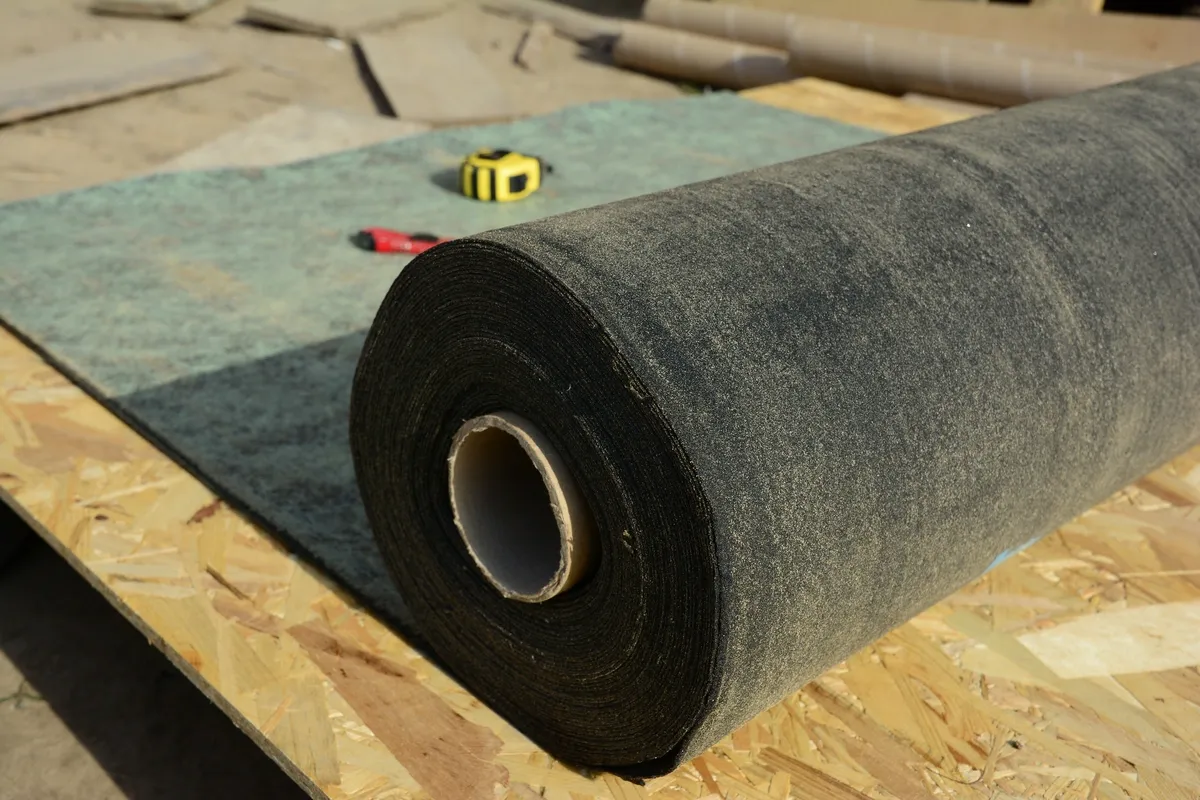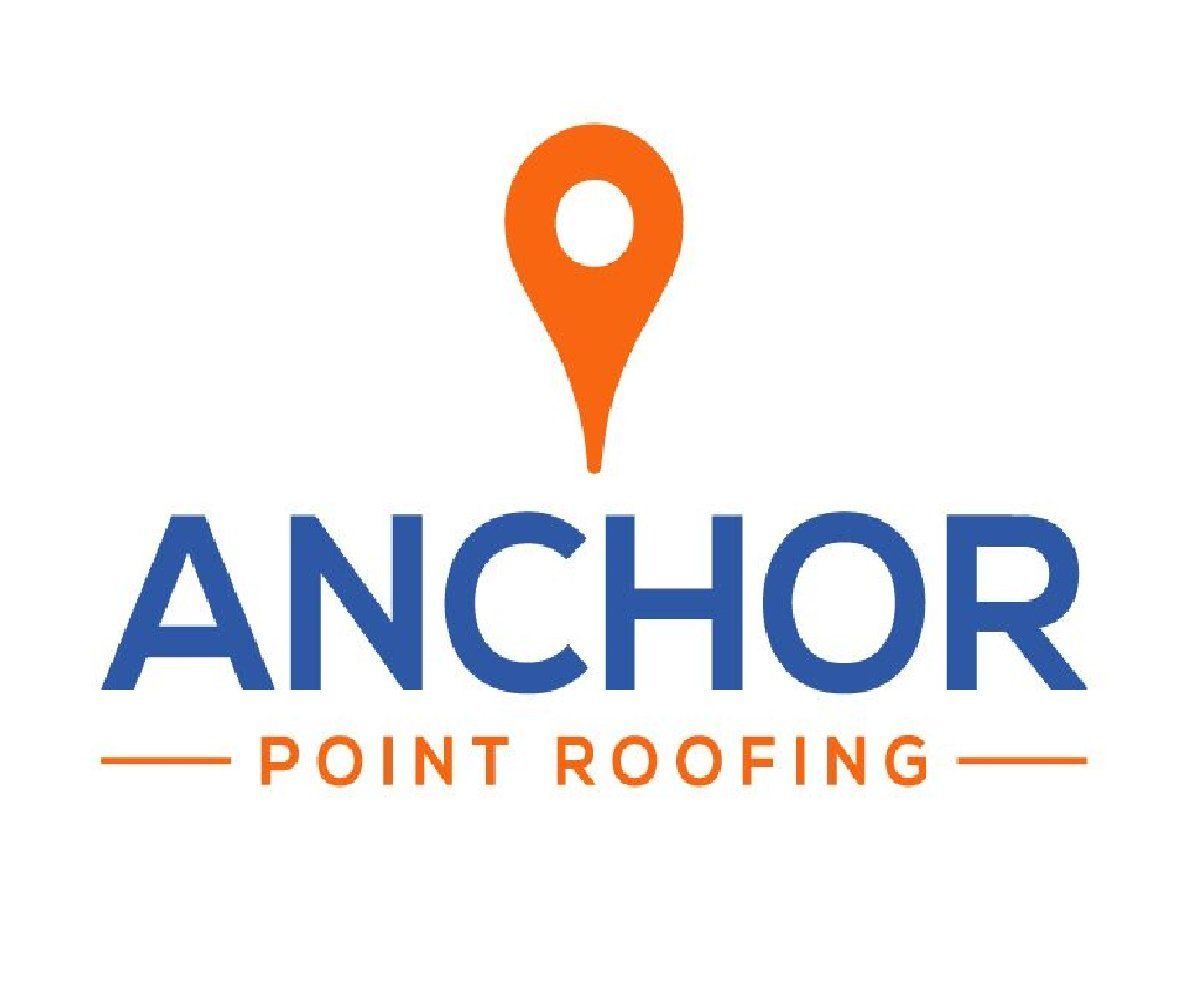About The Author
ANCHOR POINT ROOFING
Flat roofing.
The majority of us never have to think about it in our lifetimes. However, if you are one of the few people who own a commercial property (or live in an urban area where residential flat roofs are common), you likely have a lot of questions. After all, flat roofs are very different from standard residential sloped roofs. If you’ve never dealt with one, you’re probably wondering:
- What are my flat roofing options?
- How much does a flat roof replacement cost?
(And perhaps most importantly…) - How long does a flat roof last?
Don’t tackle the flat roof replacement process alone. Let us help you each step of the way!
WHAT IS A FLAT ROOF?
Let’s start with the basics: What exactly is a flat roof?
A flat roof is a slightly misleading name for this common type of commercial roofing system. It’s understandable. After all, when compared to the standard sloped roofs that you see on residential properties, commercial roofs certainly look flat.
However, the truth is that all flat roofs do have a slight slope that allows water to flow off of them. Flat roofs are the go-to choice for most commercial buildings due to their versatility and simplicity.
FLAT ROOF PROS AND CONS
Is a flat roof right for you? Maybe! Before investing in a commercial property, it is important to do your research on the pros and cons of the commercial roofs that go with them. Here are some of the things you should know.

COMMERCIAL ROOFING ????
You are most likely to find EPDM roofing systems or other types of flat roofs on commercial buildings. The term ‘flat roof’ is a bit of a misnomer, though. Flat roofs actually do have a slight slope to them! This allows them to properly drain water and avoid water damage.
Commercial roofing systems have many benefits, including:
- Energy Efficiency – Flat roofs offer great energy efficiency, which is particularly useful when it comes to keeping costs low for a large building.
- Easy Access – If your commercial property contains businesses, it can be a real pain to have to let maintenance workers come into spaces where people are trying to work. Because both the roofing and HVAC systems are easily accessible, flat roofing allows your tenants to keep working, as usual, with minimal disruptions.
- Extra Storage – In commercial properties, every little bit of space is valuable. By having a flat roof, you provide a place to store your HVAC system and free up inside space for your business!
4 TYPES OF FLAT ROOFING MATERIALS
While our post today focuses on EPDM roofing material, you’ll likely come across many different terms while researching flat roofing material. Here are some of the most common types of flat roofing that you will hear about.
1) EPDM ROOFING
We couldn’t start this list without shouting out an EPDM roof! An EPDM rubber roof (also known as ethylene propylene diene terpolymer) is a type of single-ply flat roofing material that is versatile and durable. It is a newer form of flat roofing material that was only developed in the past fifty years and addresses some of the problems faced with older flat roofing systems.
An EPDM roofing membrane can be purchased in a wide range of colors and can last for years!
2) BUILT-UP ROOF
While EPDM may be one of the newer materials, built-up roofing (BUR), is one of the oldest forms of flat roofing materials. BUR roofs are created by layering tar and gravel onto your roof in order to create a moisture barrier. Not only is it less effective at protecting your property from severe weather damage than some other methods, but it is also one of the more expensive forms of flat roofing and only lasts around 15 years.
That being said, you will find that it does a very good job of keeping water out and is very easy to maintain.
3) TPO ROOFING
TPO is another type of roofing membrane that has grown in popularity. However, it isn’t chosen as often as an EPDM roof simply because it is more expensive. That being said, it can be a good choice if you live in a cold region, as it resists shrinking when the temperatures drop.
4) SPRAY FOAM ROOFING
A spray-on roof isn’t the prettiest option, but it is pretty effective at keeping out water. If you’re just looking to get the job done and not have to worry about it, spray roofing may be right for you!

✅ PROS
- Cost Effectiveness – Price is one of the most important considerations for property owners. Luckily, EPDM roofing is one of the most affordable options on our list! In addition to low upfront costs, an EPDM roof lasts for decades, helping you get the most bang for your buck!
- Aesthetics – Many people don’t like flat roofing materials because, well….they aren’t exactly beautiful. However, EPDM roofs can be purchased in a variety of colors to help them blend in with the overall look of your building.
- Energy Efficiency – Because an EPDM roof can be purchased in white rubber instead of the standard black, it can more effectively insulate your building by defecting UV rays. This allows you to save on your cooling bills in the long run.
❌ CONS
- Installation – Installing EPDM roofing requires a specific installation method. This means that you will need to hire a professional roof replacement specialist. Be sure to factor labor costs into your budget before purchasing your roof.
- Ages Poorly – Just like us, EPDM roofs become weaker with age. The EPDM roofing membrane is prone to shrinking as it ages, meaning that your roof is more vulnerable to punctures and holes.
HOW MUCH DOES EPDM ROOFING COST?
The big question! How much can you expect to pay for an EPDM roof?
The EPDM roofing product itself typically costs between $3-$10 per square foot. This means that for the average commercial roof, you can expect to pay anywhere between $6,000-$18,000 for a full roof replacement.
HOW LONG DOES EPDM RUBBER ROOFING LAST?
If the idea of shelling out thousands of dollars to replace your entire roof has you shaking in your boots, don’t worry! For all of that money, you are getting decades of use! The durable EPDM membrane can last 30 years, with many reporting up to 50 years of use, with good maintenance!
REMOVE DEBRIS
One of the biggest risks commercial roofs face is debris accumulating. Twigs, leaves, and other debris can end up blocking water and not allowing it to drain. Luckily, it is an easy fix! In order for your roof to function optimally, take time to regularly remove any debris from your roof.
WATCH FOR WATER DAMAGE
Water damage is the most common roofing problem. On flat roofs, water damage is typically indicated by a pool of water that will not drain properly. If you are noticing a puddle of water on your roof for more than 24 hours, you’ll want to contact your local roofing pro!
TALK TO A FLAT ROOF EXPERT!
Ready to get the flat roof you deserve? Anchor Point Roofing can help. We are the Chicago area’s leading roofing specialists and can help you choose the flat roofing materials and solutions that work for you. Contact us today to receive a free quote on your roofing project!
Share this article :
RECENT ARTICLES





